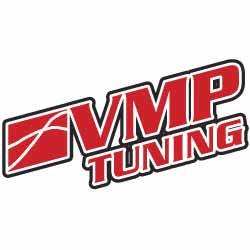RSKtakR
Senior Member
Do you have an idea how pressure works in an enclosed area such as a fuel rail? Lets make a number that the fuel rail pressure should be. We will say 40psi.
It is physically impossible to have 40psi of pressure at the injectors at the front of the rail and less pressure at the injectors at the back. Pressure is created by restriction or resistance in the path of flow.
The pressure at the front of the rail is created by the restriction of the end of the fuel rail where the fuel has nowhere to go but through an injector. Think about it.
BUT when the car is at WOT how could it be possible to maintain that 40psi through the ENTIRE fuel rail on BOTH sides? 40psi /2.. then 20/4.. ?





